The ultimate winter staple! The rich liver of the Joban-mono monkfish is best!
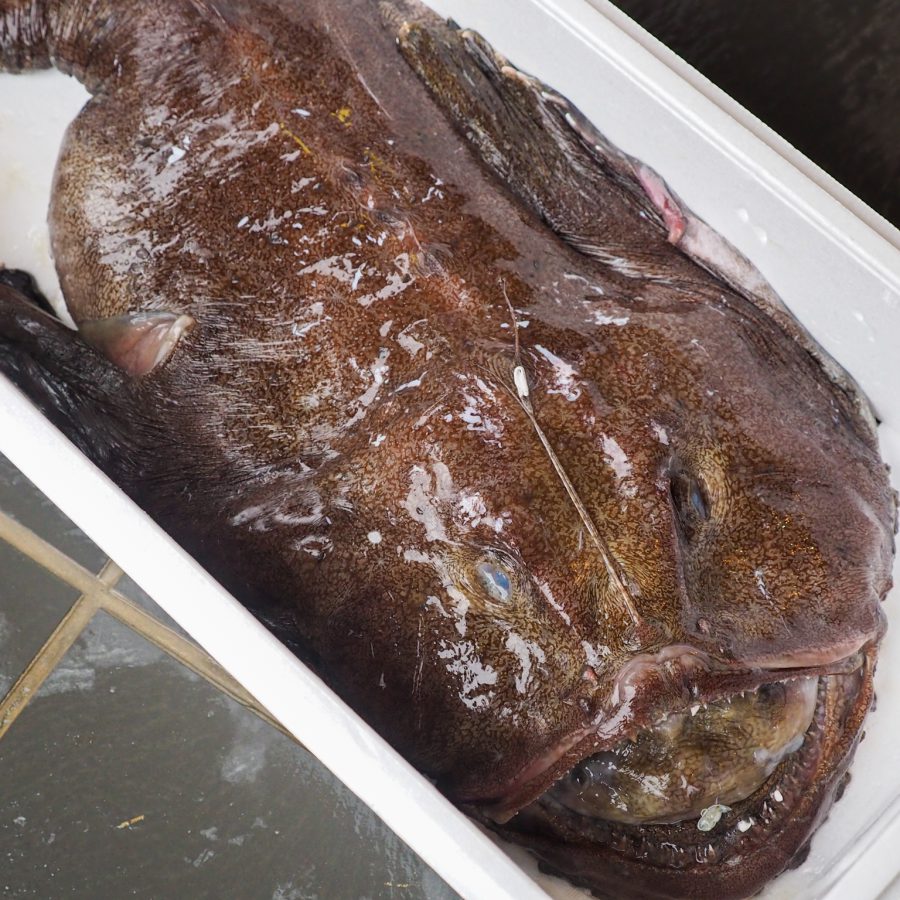
Among the Joban-mono fish, monkfish is particularly popular as a winter delicacy. Despite its somewhat grotesque appearance due to being a deep-sea fish, monkfish is so delicious that there is even a saying “pufferfish in western Japan, monkfish in eastern Japan”. It is high in protein, low in calories and rich in nutrients. It is also rich in collagen, so it can be expected to have a beautifying effect on the skin.
Monkfish is especially delicious from December to February. In Fukushima, the monkfish nabe (hotpot) is a favorite during the year-end and New Year party season. Monkfish grown in the nutrient-rich Joban waters have a good fat content and are highly valued in the market.
Fishermen’s waterless monkfish dish: Dobu-jiru
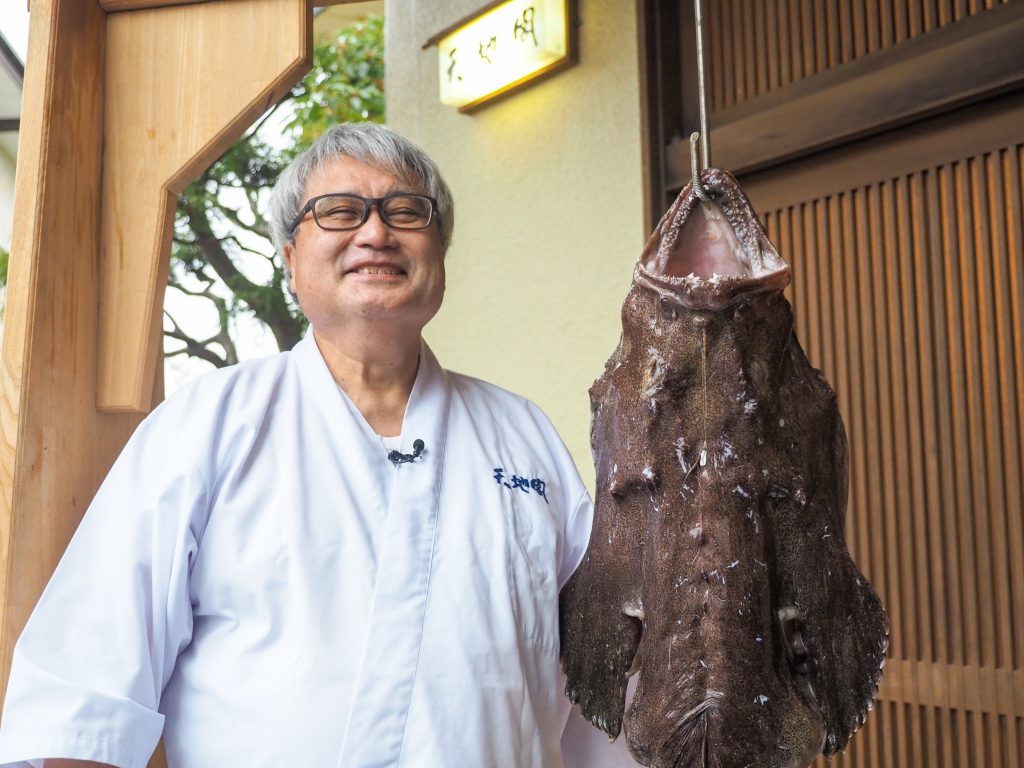
Monkfish is said to be a fish where “nothing but the teeth is wasted” and there are several ways to prepare it. While there are many ways to eat monkfish, such as sashimi, ankimo (monkfish liver), fried and with tomozu (a sauce combining monkfish liver with vinegar), a traditional dish long cherished in Iwaki City is “dobu-jiru”. Its distinguishing feature is that it is made without using any water. It is said to have originated from fishermen eating it as a staff meal on boats where water was precious. At “Kappo Ryokan Tenchikaku” in Onahama, Iwaki City, dobu-jiru is a staple winter menu item. According to the owner, Hitoshi Ohira, dobu-jiru is a dish that evokes “nostalgia”. Compared to the times when monkfish was more abundant, fewer restaurants serve dobu-jiru now due to the effort and cost involved.
According to Ohira-san, the Joban-mono monkfish has a “naturally good-tasting liver”. Especially in winter, the liver becomes fattier and richer in flavor. Because dobu-jiru uses a large amount of liver, it allows you to taste the full appeal of monkfish directly. In the case of Tenchikaku, they use more than ten times the amount of liver compared to a typical monkfish hotpot.
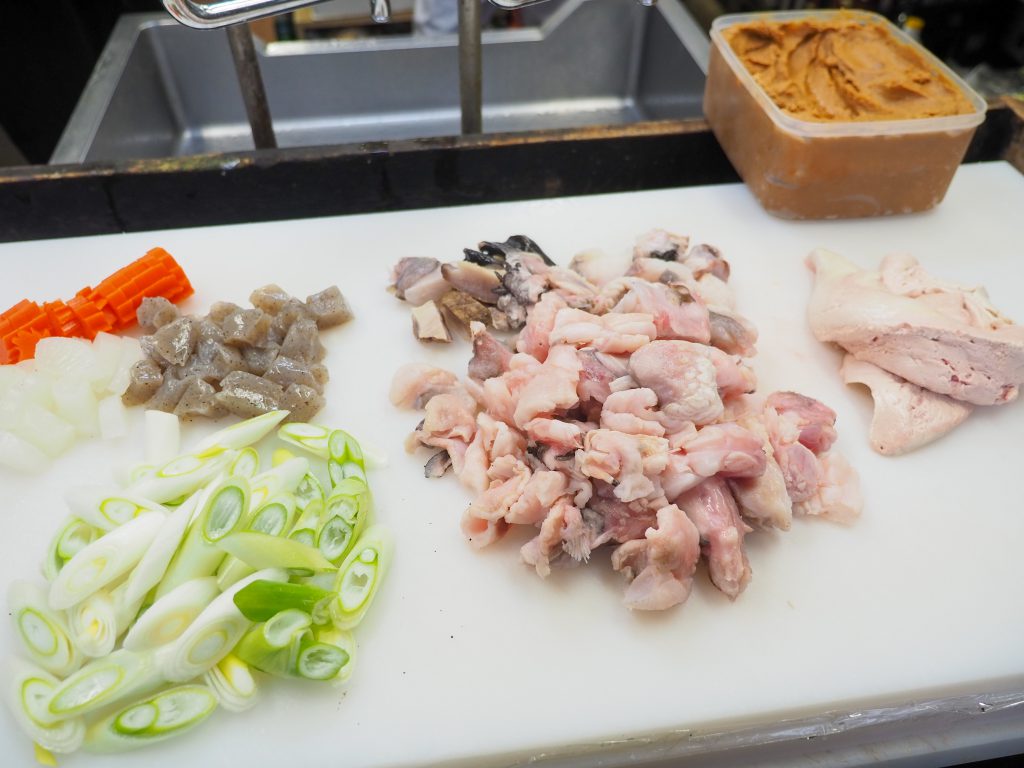
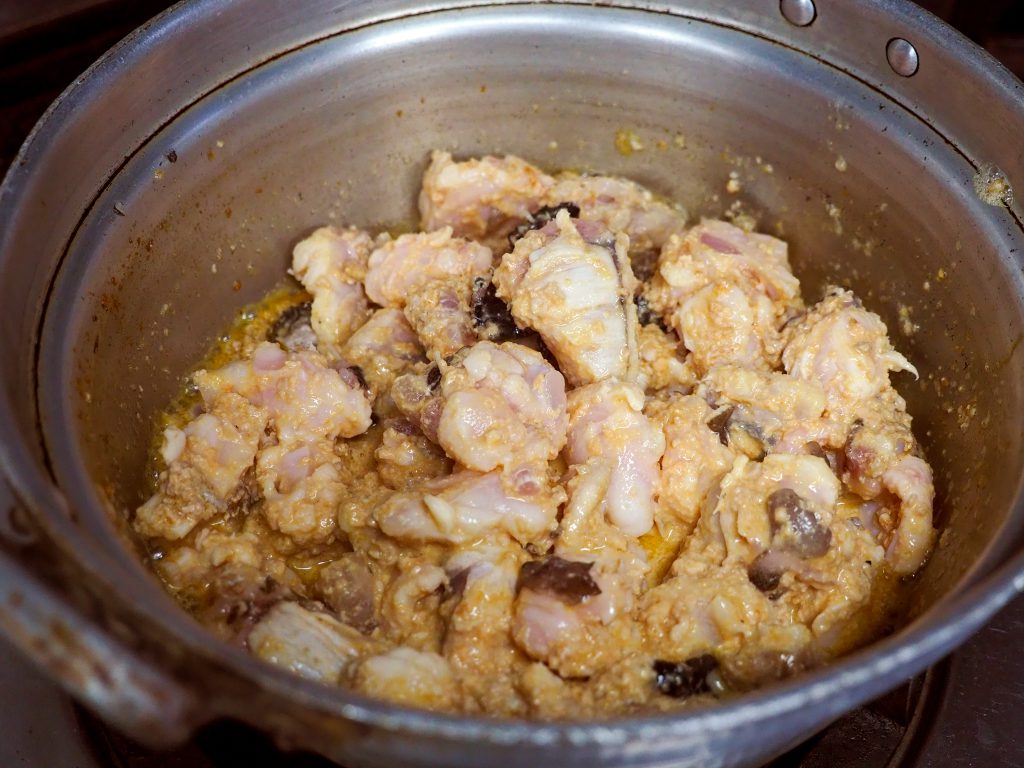
Ohira-san describes monkfish as an “unusual fish”. The reason is that there are many dishes that are made by combining the liver and the flesh. Not just dobu-jiru, but many monkfish dishes are typically made with the liver as a key ingredient. Indeed, for common fish such as sea bream or flounder, dishes combining them with liver are less common. While the liver of monkfish often gets the spotlight, the flesh is also tender and delicious. It can be sliced thinly and enjoyed as sashimi. The texture is said to be “between cod and pufferfish” and is made even more delicious when seasoned with kombu kelp to remove moisture.
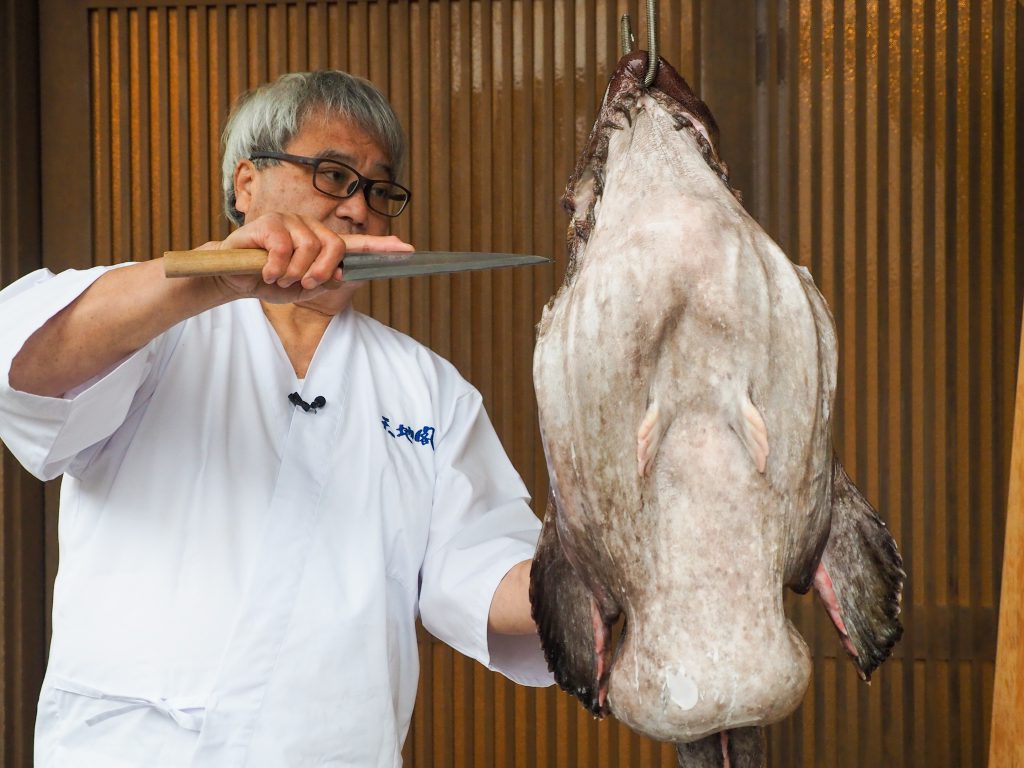
Due to the large amount of liver used, dobu-jiru has become a luxurious dish, and there are only a few restaurants that serve it today. When you eat it, the rich flavor of the liver fills your mouth, making it a “fisherman’s dish that goes well with rice”. Dobu-jiru, which encapsulates the deliciousness of monkfish, is a dish you must try at least once.
Kappo Ryokan Tenchikaku
◎Address:143-23 Tsunadori, Shimokajiro, Onahama, Iwaki City, Fukushima Prefecture
◎Check-in:From 3 PM, Check-out: Until 10 AM
*Meal-only plans (reservation required) are also available.
Developed through extensive research: The rich monkfish nabe (hotpot)
Unlike dobu-jiru, which uses no water and minimal vegetables, monkfish hotpot uses water and a variety of vegetables. At Yotsukura Port Umaimonya Yamakaku, you can enjoy a rich monkfish hotpot with liver so thick it rivals dobu-jiru. We spoke with Yuki Akatsu, the manager who loves monkfish so much that he says he “makes dishes while conversing with the fish”.
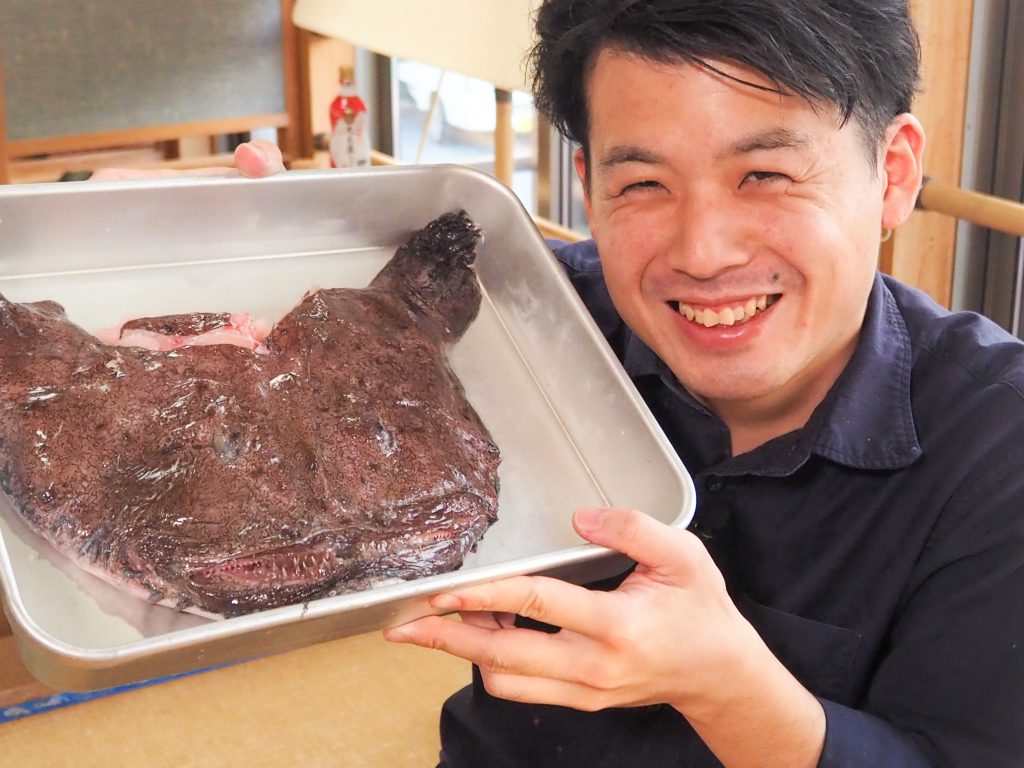
Akatsu-san was born and raised in Kitaibaraki City. Like Iwaki, Kitaibaraki is famous for monkfish and has many restaurants that serve monkfish dishes. After pursuing a career in cooking, Akatsu-san tried dobu-jiru at a restaurant in Kitaibaraki and noticed the unique odor of the monkfish. Wanting more people to enjoy delicious monkfish dishes, he joined the restaurant and conducted extensive research, resulting in Yamakaku’s special monkfish hotpot.
The cooking method is a “trade secret”. Aiming to create a dish so delicious that you wouldn’t want to eat anywhere else, he developed a monkfish hotpot that is rich in liver and free of any unpleasant odor.
According to Akatsu-san, Joban-mono monkfish are “the best, with rich liver and flesh”. Since he sources directly from the local market, he can use plenty of the precious liver. The monkfish nabe is “so rich it makes you want to drink sake, with a tender and melt-in-your-mouth texture”, making it a popular menu item at the restaurant. He spoke confidently, saying, “Even people who don’t like monkfish can eat it”.
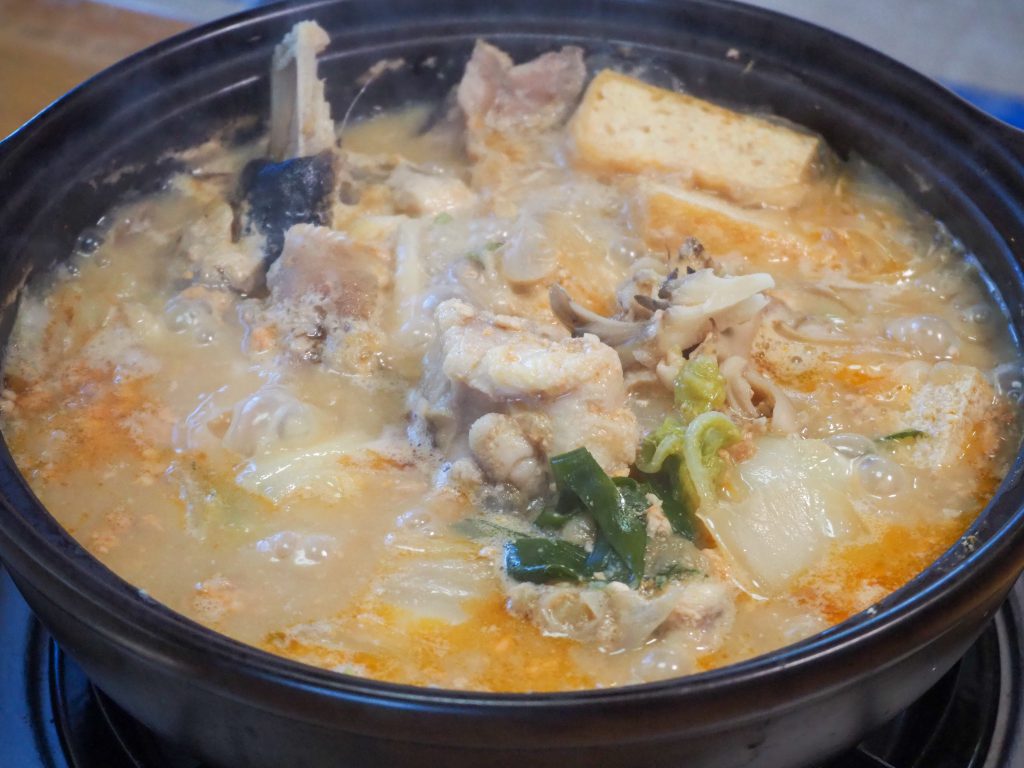
Yotsukura Port Umaimonya Yamakaku
◎Address:3-136-11 Higashi, Yotsukura-machi, Iwaki City, Fukushima Prefecture
◎Opening hours:11 AM – 3 PM / 5 PM – 10 PM
◎Closed:Tuesdays
Monkfish dishes that can be enjoyed at home.

During the winter, the monkfish nabe is also popular in homes. Fish markets also expand the space for displaying monkfish in the season. We spoke to Yukio Onozaki, President of Onozaki, a long-established fish store with a history dating back 100 years, about the Joban-mono monkfish.
The highest demand for monkfish is in December, during the year-end party season. Due to the soaring procurement costs, the price of popular monkfish cut for home use also increases. According to Onozaki-san, “the market price drops a bit after the New Year, so that’s the best time to buy”. As well as fresh monkfish, they also sell frozen monkfish nabe kits as a more convenient option.

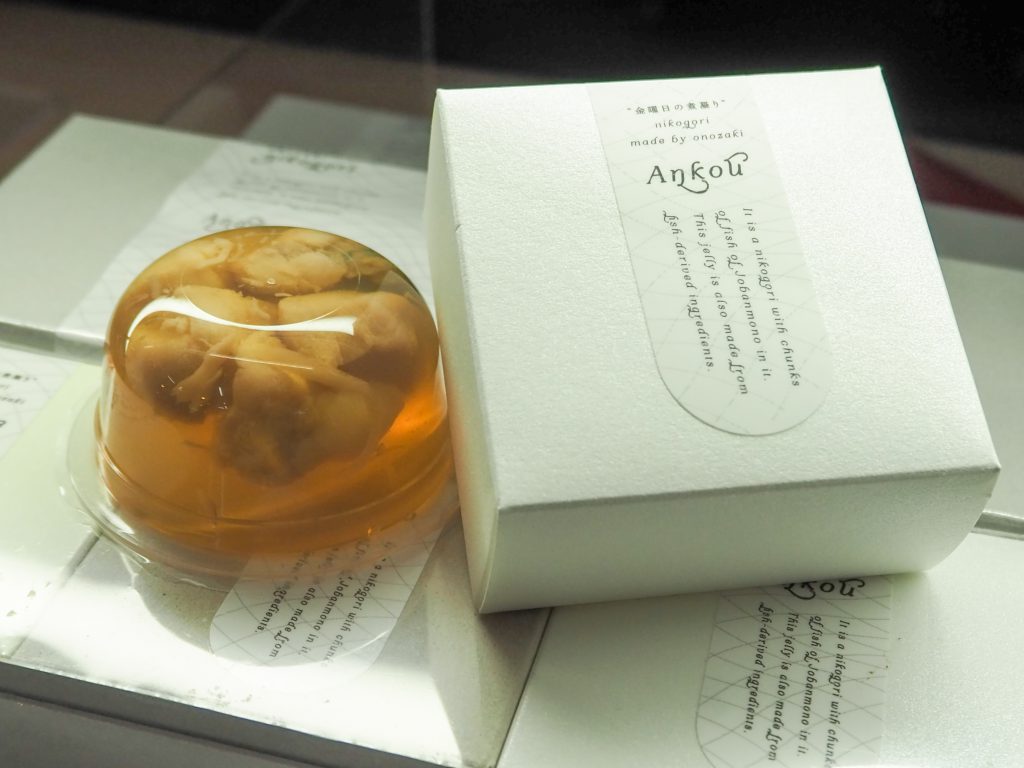
Onozaki-san says, “Since monkfish is caught locally, I hope people will enjoy it in many ways, not just in a nabe”. In addition to being sold for the nabe, it is also available in several other forms. The frozen deep-fried monkfish karaage is popular all year round and is sold ready to fry, making it easy to prepare. In addition, Kinyobi-no-Nikogori (Friday’s Nikogori), which features large pieces of monkfish in a savory jelly, is stylishly packaged and makes a great gift.
Onozaki not only offers fresh seafood but is also actively working on developing new products in collaboration with local companies. After the earthquake, they were determined to “keep in touch with everyone”, which led them to outsource the production of processed products. Ideas discussed at social gatherings can sometimes lead to the creation of new products. It seems likely that many more products using Joban-mono seafood will be developed in the future.